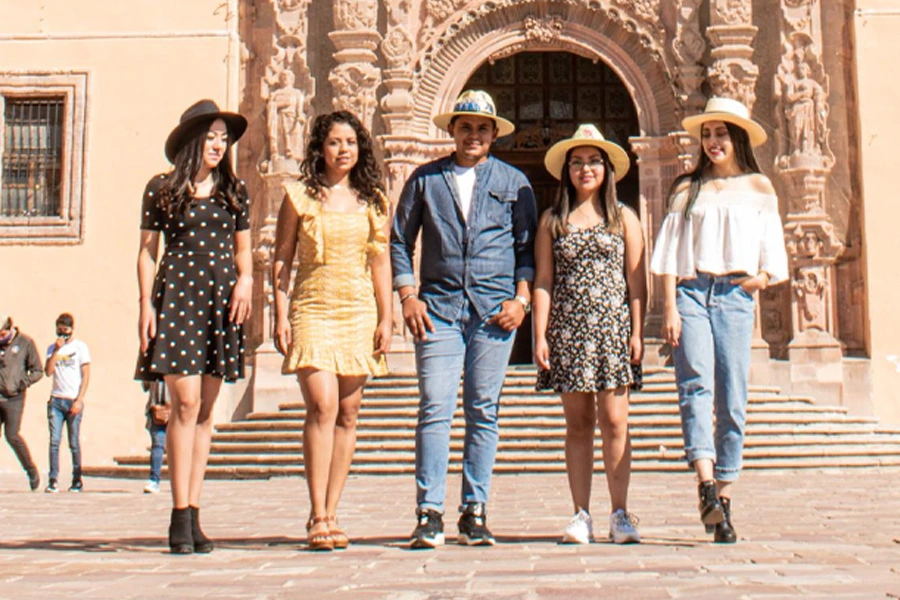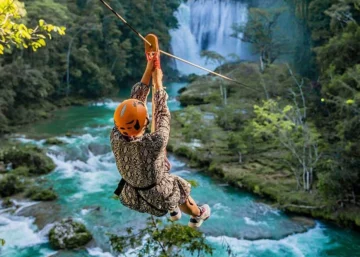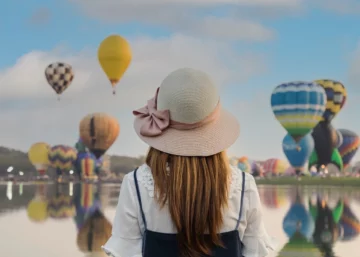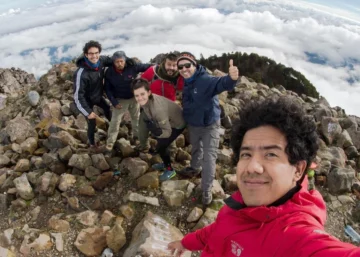Embark on a captivating voyage through Guanajuato ‘s “Pueblos Mágicos” Magical Towns, where every corner whispers tales of yesteryears and every town dazzles with its own distinct flair.
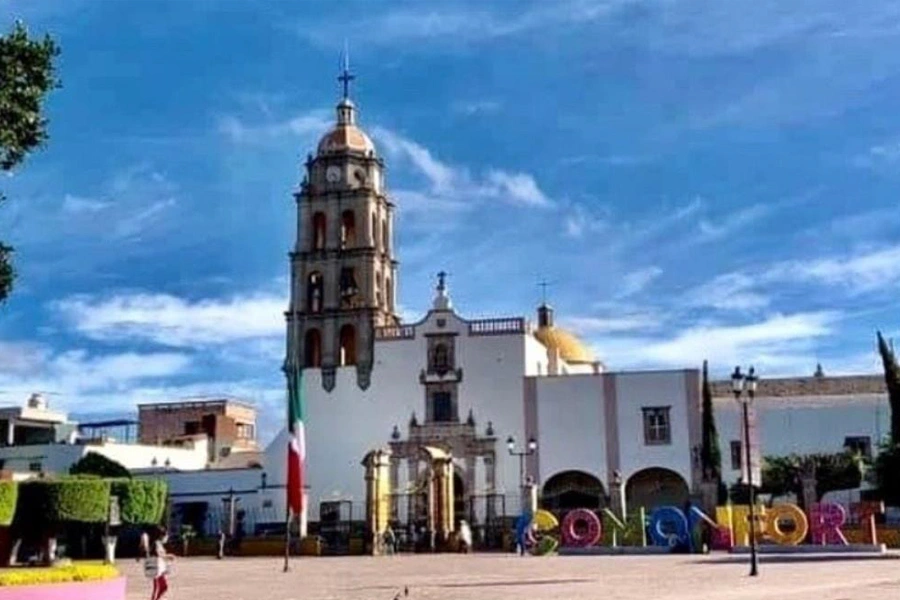
Comonfort
Previously the place was known as San Francisco de Chamacuero; currently, it is known as Comonfort, a Guanajuato’s Magical Town, in honor of the general and former president Ignacio Comonfort, also, it has been part of the Magical Towns program since 2018.
Comonfort stands out for the preservation of its Otomí gastronomy, its ancestral craftsmanship embodied in molcajetes, clay comales, pottery, and reed pieces, as well as for the dance of the Chichimecas Guamares.
Among the local gastronomy, the ceremonial tortilla stands out, associated with gratitude for the harvest, and used in the patron saint festivities to pay respect and gratitude. This tortilla is stamped with mesquite wood stamps and inked with muicle (a plant with purple tones that complement the ritual for the ancestral offering). In addition, in its wine offer, the San Miguel vineyard stands out, where an unforgettable wine experience is offered in the largest wine cellar in the state.
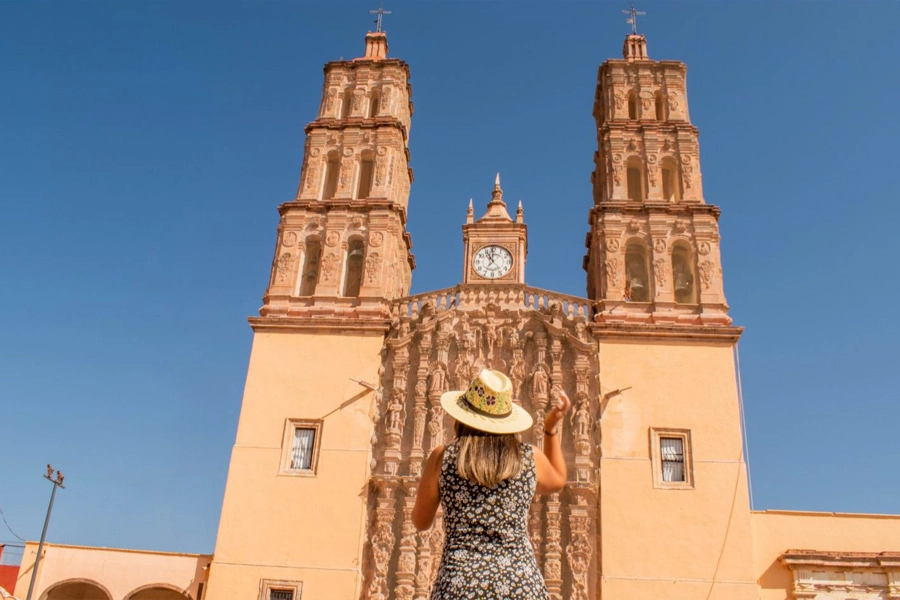
Dolores Hidalgo, Cradle of National Independence
It was the first destination in the state to be part of the Magical Towns program, named in 2002. Furthermore, known for being the cradle of the beginning of the national independence movement, which is why the national holidays are celebrated in great style; it is also the birthplace of the greatest composer of popular music in Mexico: José Alfredo Jiménez, for whom an annual Festival is held, paying homage to “El Rey”.
It has a semi-arid climate, so its lands are favored for growing grapes, and allows for wine tourism activities such as touring the wine museum and the wine circuit through three wineries that offer tours of their facilities, tastings, and pairings.
The destination is home to a variety of museums and monuments that narrate the history of Mexico and emblematic points such as the parish of Nuestra Señora de los Dolores, La Casa de Visitas, La Casa de Abasolo, the colorful mausoleum in honor of José Alfredo Jiménez, among others.
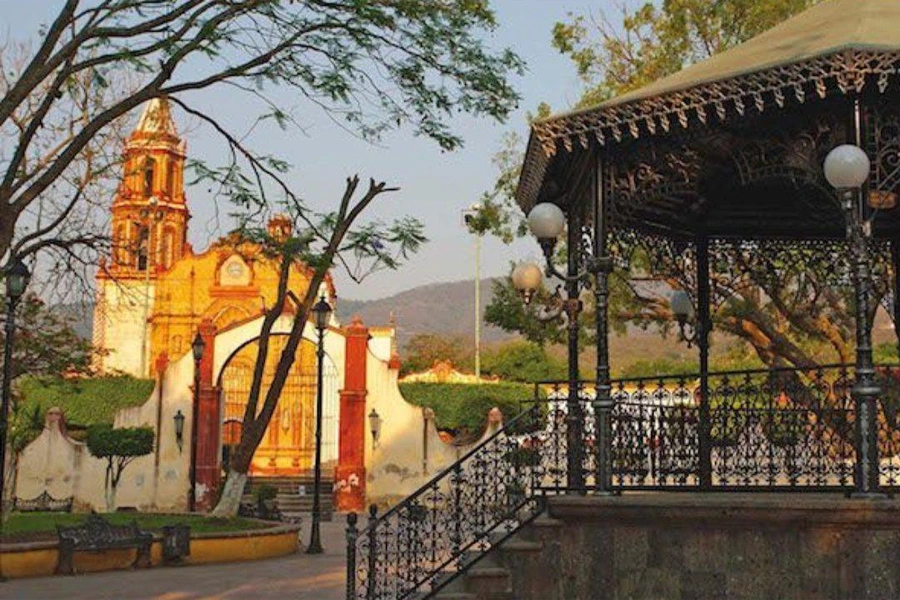
Jalpa de Canóvas
It was founded in 1542 by Juan Villaseñor when the Spanish crown granted it 7,365 hectares for cattle and horses.
Due to its fertile soil, it became one of the main food producers. Which is why it was also known as “The Granary of Mexico”. And has allowed the development of important areas. Such as its famous Nogalera and several agricultural and cattle ranches in the area.
In the place, sites such as the Temple of the Lord of Mercy (for its Gothic style, its murals and interior stained-glass windows), the Santa Efigenia dam, Luis Cabrera Museum (where you can see plans of the old hacienda, tools, photographs and sacred art), among others, stand out.
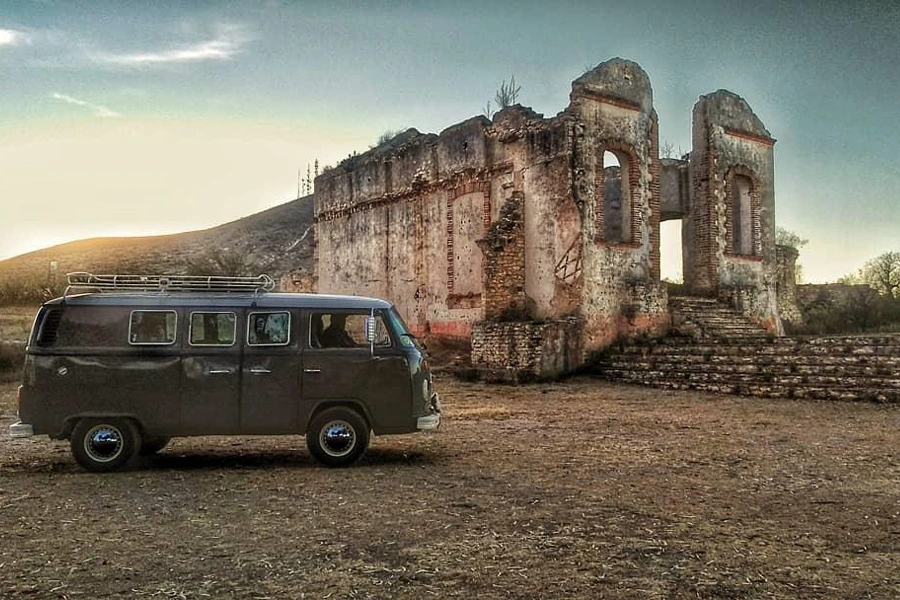
Mineral de Pozos
It was originally a settlement for the Chichimeca, Huachichil, Copuces, Guaxabanes, and Pames tribes. It was until the arrival of the Spaniards that a fort was built to protect the silver of Zacatecas. Later it became part of the mining abundance of the Viceroyalty and the Porfiriato.
In this semi-desert land destination, you can find religious and civil architectural heritage. Such as the first religious college, the Parish of San Pedro Apostle of the seventeenth century. Also, the Plaza Zaragoza, and the old Escuela Modelo.
In addition, you can visit the Lavender fields, to learn about all the products that are made from this plant. You can also do other activities such as horseback riding, cycling, hiking, visiting the mines, and diving into one of the beer spas.
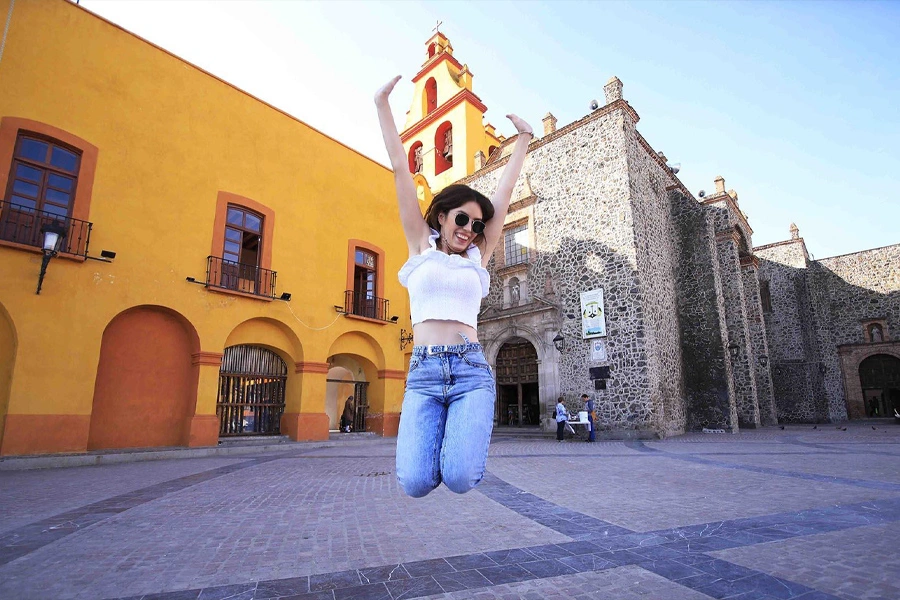
Salvatierra
Its name derives from indigenous etymology that means “place of beautiful vegetation”. It is a destination that treasures samples of religious and civil architecture. In addition to 300 historical monuments cataloged by the INAH. Among bridges, haciendas, convents, and old mansions that give it a great distinction and traditional atmosphere.
It also offers exceptional wine experiences, where tourists can visit, learn about and taste the surroundings. Also, harvests of three of the local vineyards: Dos Jacales, Las Maravillas, and Finca Rosas. Moreover, you can have a visit with contact with nature by visiting the Ecoparque El Sabinal. Where tourists can have a pleasant day in the countryside along the Lerma River.
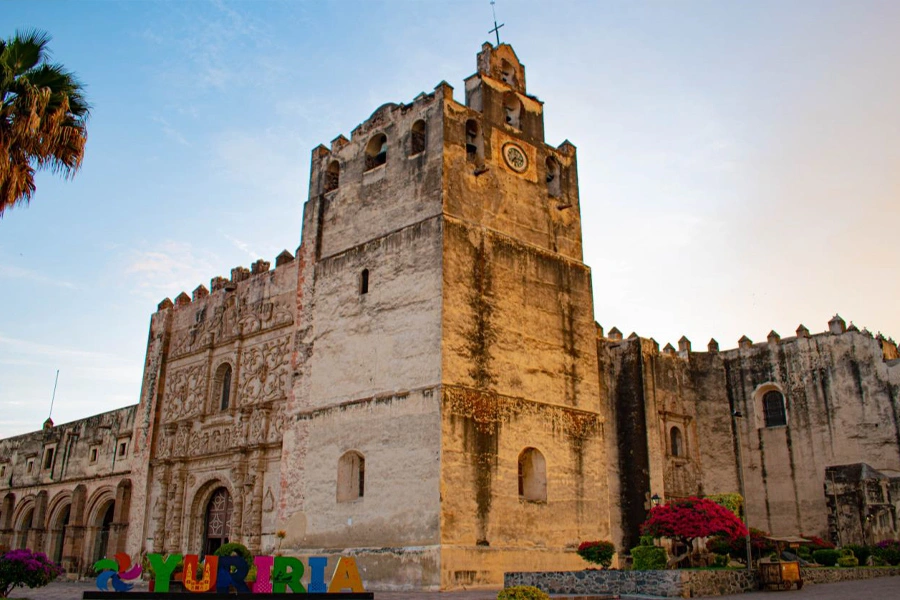
Yuriria
Its name is of Purepecha origin, derived from “Yuririapúndaro”, a word that means “Lake of blood”. It has been part of the Magical Towns program since 2012.
It is an ideal destination for nature and sports lovers, as well as for those who enjoy culture. The site stands out for having 2 Natural Protected Areas: Yuriria Lagoon, the first hydraulic work in Latin America. Where you can fish and go boating; and Crater Lake where you can practice kayaking and mountain biking.
In addition, you can find the Augustinian Ex-Convent dating from 1550. The Temple of the Lord of the Precious Blood of Christ. Also, other religious temples where tourists can admire and enjoy the local religious architecture.
